Types and secrets of choice of stoves for sauna
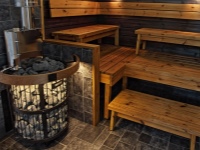
Knowing the basic types and secrets of choosing sauna stoves is very important. If you approach these points inattentively, you can encounter very unpleasant consequences. And even buying the most expensive possible solution does not guarantee success, it is necessary to understand the subject.
Features
Trying to use an ordinary stove for a sauna as a stove for the Russian bath will cause nothing but disappointment. Stones inside should be heated to 250, maximum 300 degrees. The resulting steam will quickly fall out as condensation. It practically cannot rise up to the ceiling, but a special design of the whole construction allows you to steam under the very ceiling. Other features:
- Heating the air to an average of 100 degrees;
- withstanding the minimum humidity (up to 20%);
- open stacking of stones.
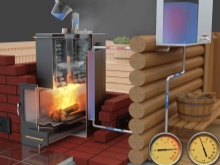
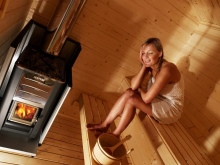
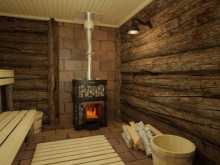
Overview of types
Modern sauna ovens are often equipped with steam generator. This addition takes care of one of the most time-consuming furnace operations - the initial heating of the hearth and bringing the stones to the desired glow. Competently designed steam generator allows you to achieve the goal in just 15 minutes. Hot air is saturated with water thanks to special water tanks. Special chambers allow for heating up to 650 degrees.
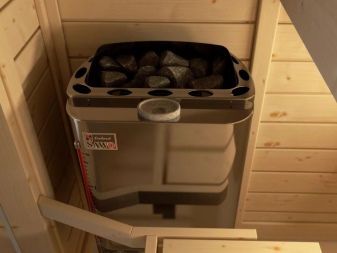
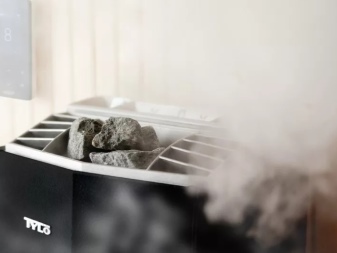
Attractive among lovers of tradition is stove-fireplace. This solution allows you to enjoy the spectacle of an open fire, and not just warm up the room. And meanwhile, from a technical point of view, the differences are small, the only difference is that the door of metal was replaced by a door of heat-resistant glass.
In addition to visual enjoyment, this step of engineers allows you to easily control the combustion process.

Using stove-thermosthe traditional problem of saunas - excessive "hardness" of the steam - can be successfully solved. It noticeably softens and becomes more pleasant. However, it will be very difficult to fit such a solution into the traditional approach to sauna. But overheating of the air will be excluded, which is not so critical for those who are not going to set endurance records. On the shelves you can safely lie down without the risk of getting burned.
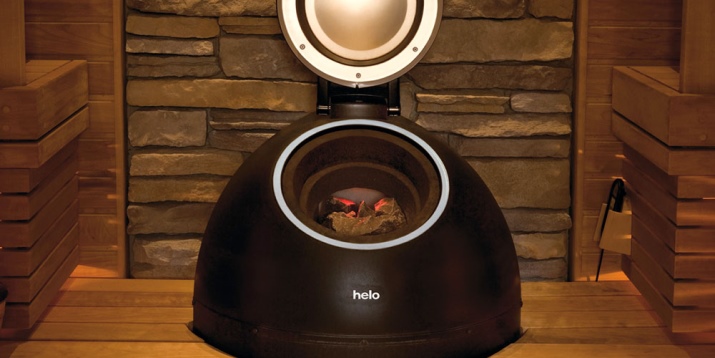
A number of modern brands offer band ovens. The point is that the heating element is a special ribbon with an increased level of electrical resistance. Some modifications are controlled by automation. If we talk about the commercial sector, this solution is not only convenient, but also quite profitable. Minus only, by and large, in the unfamiliarity of electric heating.
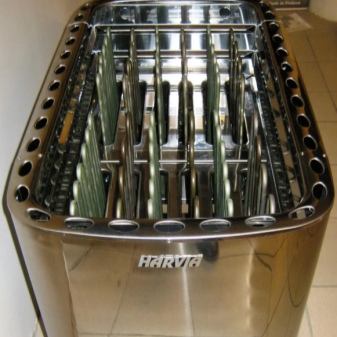
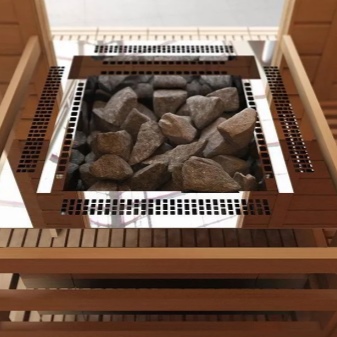
By design and type of fuel
Wood-fired sauna stove fully fits into the classic concept. Yes, it does not have a particularly contrived functionality. But it copes with its task more than successfully. Modern thought-out design allows to achieve a very high efficiency. That is why the opinion, typical for a long time, that such a design is ineffective, has long been outdated.
For the manufacture of wood-burning stoves can be used:
- brick;
- cast iron;
- steel.
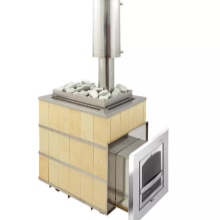
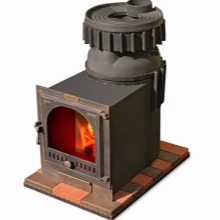
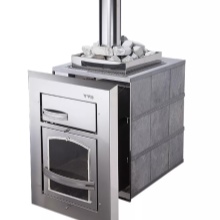
All these constructions due to the additional capacity with stones for a long time save heat. But it is important to understand that the traditional hearth:
- is quite heavy;
- makes it necessary to use a quality foundation and take care of the reliability of the support;
- Needs constant cleaning and removal of ash, soot, and soot;
- can smoke.
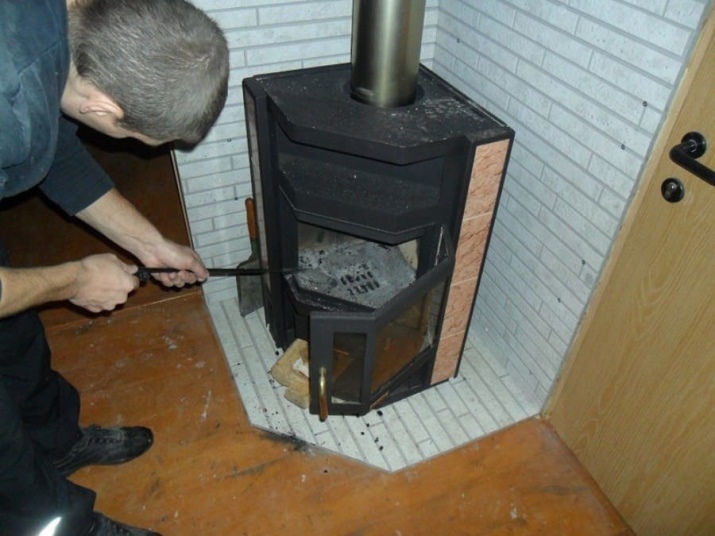
Gas stove - The rarest "guest" in saunas and baths. It costs a lot of such equipment. We have to issue a permit for its use, the procedure of registration which is also not too cheap. If we talk about the technical side of things, then gas-fuel stoves
- Heat the steam room quickly;
- Free from the need to constantly clean the inner volume;
- do not clog the space;
- do not need a constant refueling;
- can threaten not only a fire, but even an explosion.
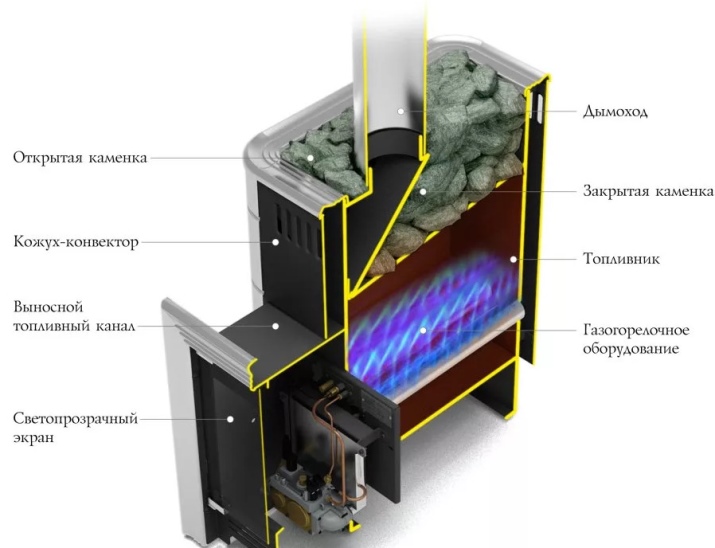
Very often modern people use infrared sauna heaters with remote control. The rays emitted by such devices penetrate inside the human body and other objects. Therefore, the air will remain cold at first, but it will not cause a negative feeling.
The infrared device is relatively modest in size. That is why it can be placed in any bath or sauna.

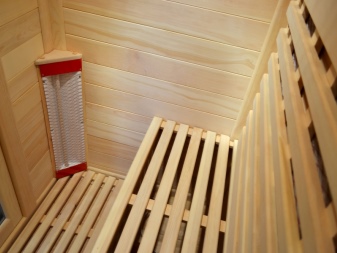
Other important features:
- economy;
- No unproductive use of energy;
- fairly high speed of operation;
- preservation of oxygen concentration in the air;
- elimination of bad smells and toxic products of combustion;
- possibility to heat up only one chosen zone;
- unsuitability for large companies;
- need to buy additional equipment;
- probable radiation harm to some people (medical consultation required).
Choosing the type of furnace, many people prefer products With remote furnace. Such a design is very reliable and safe. In addition, with its help it is not difficult to provide a suitable microclimate in the steam room.
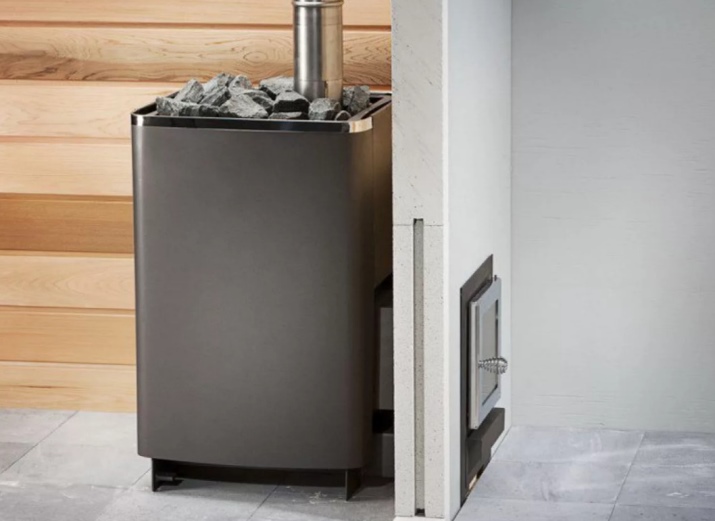
The possibility to heat the stove from the anteroom is very practical and will surely appeal to any buyer. Finally, it eliminates the usual situation where oxygen is taken away from the steam room.
By material
A brick stove is more appropriate in a Russian bath. But in the Finnish sauna, its use is not too practical. High heat capacity of a brick hearth forces to spend a lot of time on its heating. In addition, high-quality masonry inevitably turns out to be heavy. And under it will have to equip only a solid foundation, a simplified Foundation is not possible.
Finally, a stone stove is invariably big in size. Metal stove, made of steel, is compact and lightweight. It is made of metal with a thickness of 2 mm. Of course, this immediately affects the overall service life.
Such designs can be relatively tiny. The minimum size limit is set by the optimal size of the furnace chamber.


The advantages of such a solution are undoubted. However, the downside is that metal is prone to burn out. And the thinner and lighter the furnace, the faster it will burn out, even with careful operation. The speed also depends on the type of metal used. The slowest holes will appear in steel that contains a high proportion of chromium.
Slightly worse is alloyed metal (in common parlance, stainless steel). Structural steel is even weaker at resisting overheating. Cast iron furnaces have the greatest durability. But here again, the brand of metal is of great importance. Especially resistant will be its alloyed varieties.
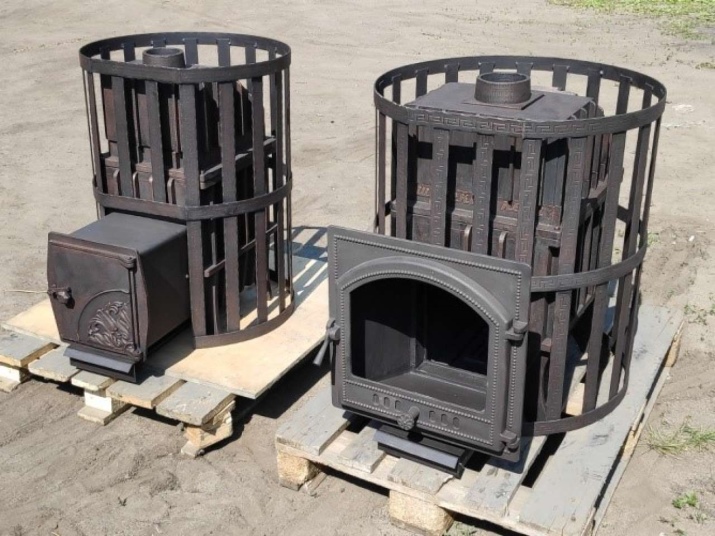
Dimensions
Regardless of the material, this parameter is very relevant. The calculation of dimensions is possible taking into account:
- steel, cast iron or brick housing;
- the volume of the room;
- the required capacity of the sauna heater;
- type of fuel used;
- frequency of use;
- the number of visitors;
- method of heating.

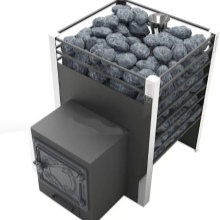
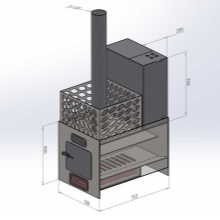
But even in two saunas of the same size, the size of the furnace may differ. The reason is different degree of thermal insulation of walls and other surfaces. Therefore, it is better to select heating equipment from the very beginning to involve trained executors. Usually recommend:
- The size of the furnace compartment in relation to the area of the rooms from 1/50 to 1/70;
- the depth of the furnace hole 1/2 or 1/3 of the entire length of the furnace;
- chimney size 10 times the size of the combustion chamber.
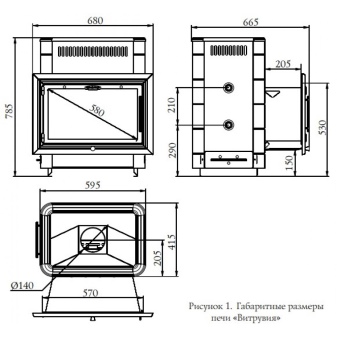
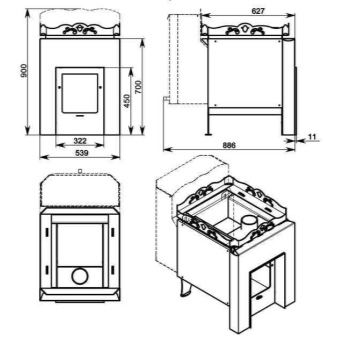
Popular Models
Speaking about the best electric stoves for saunas, it is worth understanding - they are divided into two main groups. One is designed for 220 V, and the other - for 380 V. A striking representative of the first type can be considered Sawo SCANDIA SCA-60NB-Z. The cost of this product is quite forgiving. Inside they put up to 20-22 kg of stones, so filling the room with steam is not difficult.
It is also worth noting:
- convenience and ease of remote control;
- Very high reliability;
- suitable for steam rooms with a volume of 5-8 cubic meters;
- linear dimensions 0,515x0,29x0,45 m;
- corrosion protection;
- backup control circuit directly on the case.
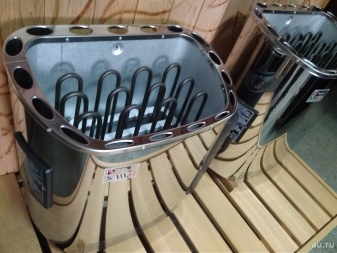
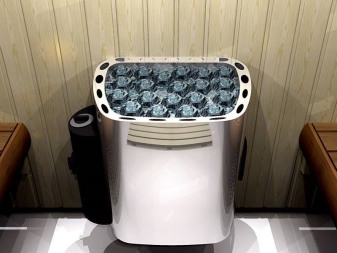
Harvia Cilindro PC70E - An excellent alternative. This Finnish development is high-tech and economical at the same time. The constructors chose the materials with the utmost care. It is possible to load up to 90 kg of stones in the special hopper. On the outside there is a fire-resistant paint, which is characterized by high durability.
Technical features:
- power 6800 W;
- the sizes 0,32õ0,32õ0,93 m
- The volume of heated sauna from 6 to 10 cubic meters;
- thermal regulators are located very low (which is not always convenient).
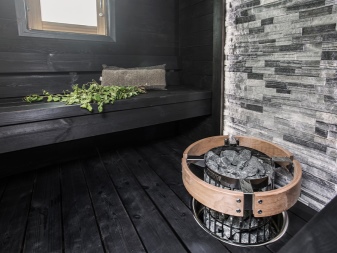
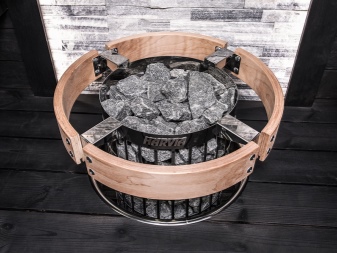
Choosing a sauna stove for 380 V network, it is advisable to pay attention to Sawo ARIES ARI3-60NB-CNR-P. This design will save space in the steam room. Reminiscent of the tower housing provides a uniform distribution of heated air in the room. Watering the cobblestones at the top or bottom allows an intense steam or a light evaporation, respectively.
In the manufacturing process of the device all EU regulations are observed. Of course, only materials of perfect quality are used, which can withstand the harsh conditions of the steam room.
There is a built-in control panel. The power of the device reaches 6 kW, which is quite enough for rooms of 5-8 cubic meters in size. The size of the construction is 0.335x0.335x1 m.
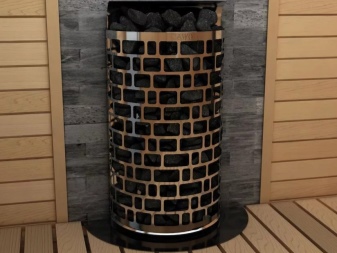
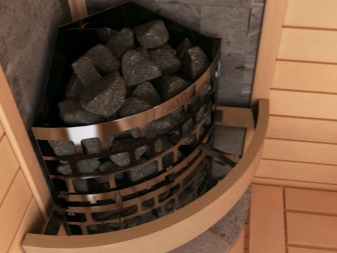
Harvia Forte AF9 can also be considered a good choice. Harvia Forte AF9. This stove not only has an ergonomic design, but also looks very elegant. You can use it to heat a sauna with an area of up to 15 m2. The power of the heating element is up to 9 kW. That is why it is important to take care of powerful wiring with a large cross-section.
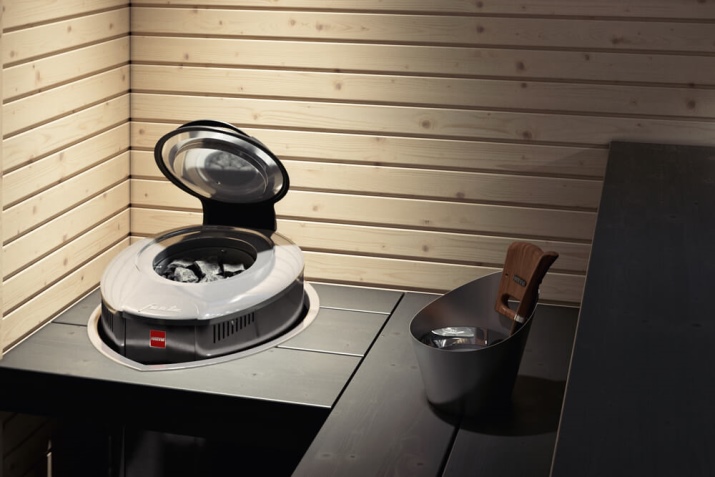
Harvia Club Combi K15GS It is designed for saunas with the size of 14-24 m2. The device has all the features for operation in 380 V networks. Important: The control system and the fireplace will have to be purchased additionally. Developers strictly comply with European standards for safety and reliability. The lack of many functions is compensated for by the lightness (30 kg) and comparative compactness of the stove.
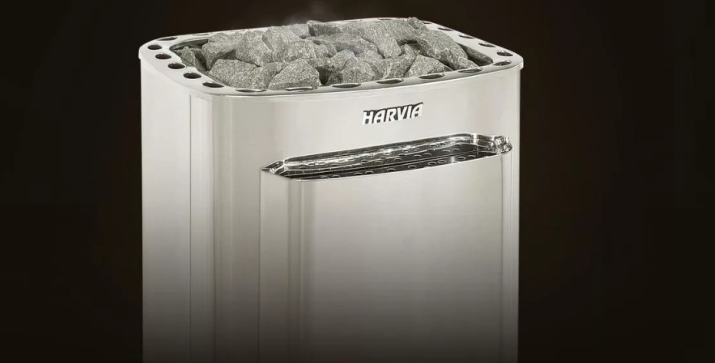
For true fans of open flame it makes sense to choose "Thermofor Vitruvia". The large viewing window allows you to simulate a large size fireplace. The recommended area of the room is 8-18 square meters. Inside the furnace you can put logs up to 0.5 m long.
The size of the product is quite compact, but the peculiarities of the chimney design does not allow you to consider this product the absolute ideal.
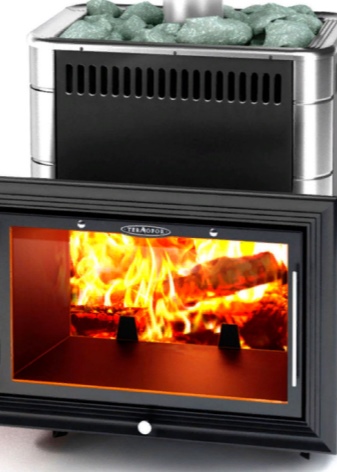
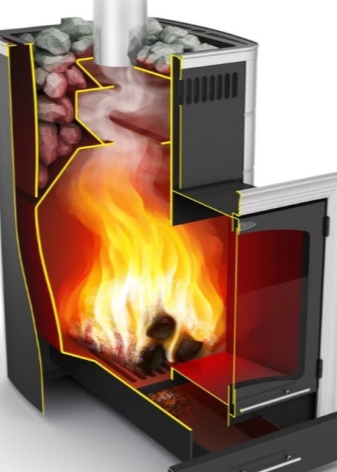
Selection criteria
The most important point that allows you to choose the right stove for a home mini-sauna, and for any other sauna, is the power of the device. Having assessed the necessary indicator, you need to choose devices that cover this level with a reserve. If you use a heater with insufficient power, the life of the unit is shortened. But a large heat reserve is not necessary either, because it means excessive consumption of energy or fuel. Usually a reserve of 2-3 kW is enough.
Calculation of the necessary power is made taking into account:
- door material (glass entrance - adds 1.5 m3 to the calculated volume);
- surfaces without thermal protection, for which a coefficient of 1.2 is entered (with further addition to the volume)
- the probable absence of thermal insulation (in the "bare" log cabins the coefficient of 2 is applied);
- The need to heat the adjoining rooms or heat them with another source of heat;
- the need to heat the sauna in the winter (or lack of such a need).
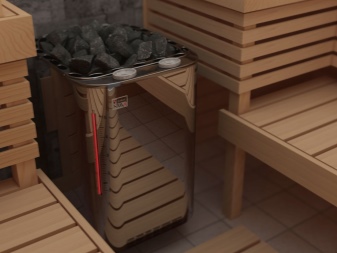
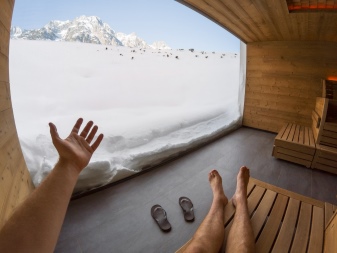
An important factor when choosing a stove for a sauna is also the period of its operation.
As already mentioned, brick and cast-iron structures have a long service life. Steel stoves with 17% of chrome added can last a long time. However, the cost of such products is sometimes too high. You cannot use a gas burner in a furnace designed for wood heating.
In any case, if there are no special wishes, preference should be given to stoves made of good-quality cast iron. Traditionally, such devices are screened with a layer of brick. However, it is useful to be able to remove individual bricks and thereby accelerate heating. The design should be chosen based only on personal preference. The size of the sauna stove should be chosen according to the size of the room and ease of use.
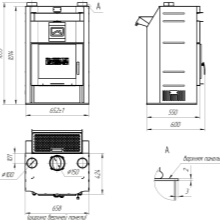

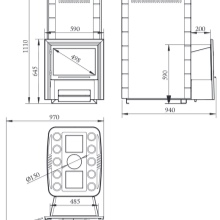
Tips for use
Even the best furnace can go wrong if it is installed incorrectly. It is very important to place the heater surrounded by non-combustible materials. A steel plate measuring at least 1x1 m should be piled in front of the fire stove. The recommended fire distances can be found in special regulations. The distance to the shelves, partitions made of wood should be kept at least 1.1 m.
Before starting the stove, check the draft in the chimney every time. Grates, fireboxes and grates should be thoroughly cleaned. If there is no draft, the chimney must be cleaned carefully. Skilled bathhouse workers believe that it is best to heat the stoves with hardwoods. Apple, pear and cherry are slightly worse, but also more expensive.
Mid-aged, moderately dry wood is recommended. Shriveled wood can not be used. For the steam room is recommended to use birch wood. They somewhat lessen the effect of suffocation. However, the shelf life of such firewood does not exceed 24 months.
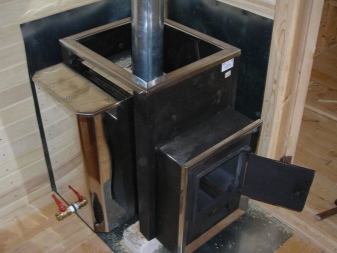

Pine wood is undesirable to use. In last place are conifers. They give a little heat and a lot of smoke and soot. It is categorically impossible to heat the stove for the sauna:
- rotten boards;
- old planks;
- stained wood, plywood, wood impregnated with various compositions;
- old clothes;
- plastic.
It is necessary to remember that just cut down wood has a moisture content of 40%. It should rest up to several weeks, which allows to reduce the humidity to 20%. At the very bottom lay paper or wood bark (birch bark is best). It is undesirable to use any kindling mixtures, including those for tourist use. In the most difficult cases it is necessary to use dry tablet alcohol.
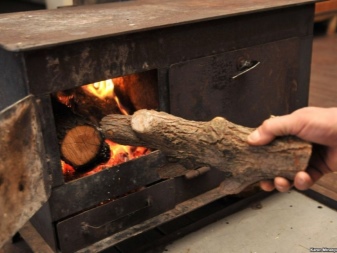
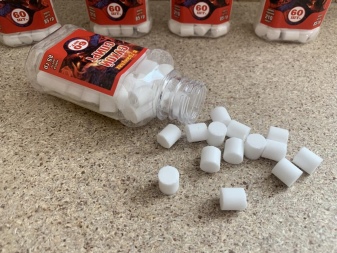
Do not overfill the firebox with firewood. Maximum filling is 2/3 of the volume. As soon as the wood has burned through and the embers have decayed, it is necessary to cover the firebox, the fire door and the ash-pan. The firewood should be put into the iron stove often, but in small portions. For a cast-iron, especially a brick hearth, this is not so crucial.
Smoking is often provoked by too dense laying of firewood. Premature closing of the ash drawer also interferes with gas circulation. A strong fire with a strong draft is not always optimal. Competent bathhouse operators generally try to burn a small amount of wood slowly. They still achieve excellent heating.
Advocates of electric stoves, of course, such recommendations are unlikely to fit. The specific connection scheme is chosen each time individually, taking into account the peculiarities of construction and the specific building. It is recommended to contact a professional electrician whenever possible.
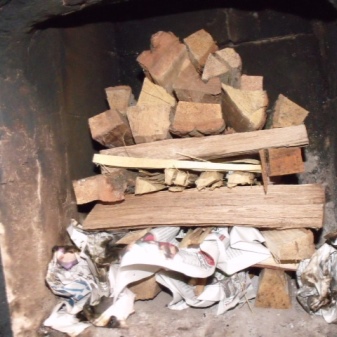
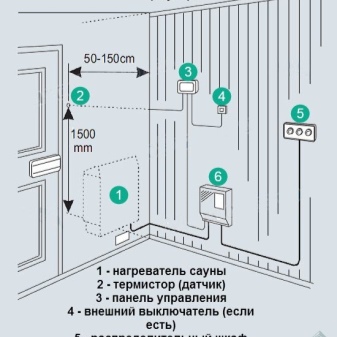
Important: devices with remote control can only use strictly certain modifications of the remote controls. Failure to follow this rule threatens serious problems and even fires.
Before beginning the installation, you should immediately check the completeness and appearance of the furnace. If there are any deviations from the norm, you should immediately stop work and seek professional help. Wherever wiring is laid, walls and other surfaces should be reinforced. Of course, use only one metal wiring, no stranding. For one steam room put no more than one electrical network, use only wires with a reserve of cross-section.
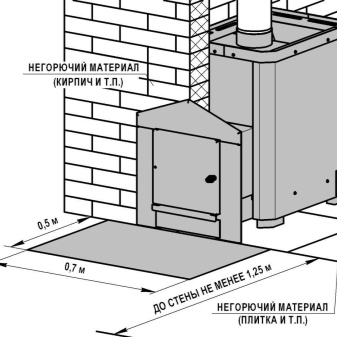
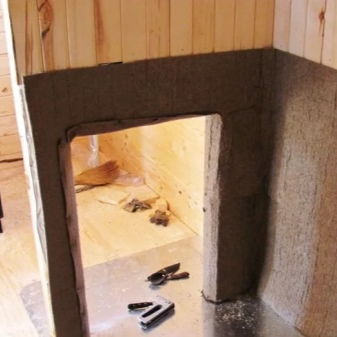
Any sauna and sauna furnaces installed in saunas should be mounted as evenly as possible. Deviation from the laid plane is very dangerous. It is extremely important to install distribution boxes outside the steam rooms. If this is not possible, it is better to spend a fair amount of money on the services of a professional electrician than to face problems later. Heat-resistant (rated at least 125 degrees) junction boxes must be used in all cases.
Normal operation of electric furnaces is guaranteed only with proper air exchange. A complete change of air in the room should take place at least hourly. The owners of the sauna themselves will only benefit if it is done in 40-50 minutes. It is desirable to organize the air supply directly from the street. If this cannot be done, let the source be the nearest dry room.
If you still installed a rare gas stove, it is worth remembering that the "blue fuel" - a source of increased danger. Systems without automatic start ignite with matches or lighters. This should be done as carefully as possible.
Extinguished wick means that you must immediately stop the ignition and ventilate the room itself, the chimney. Violation of this rule can cause a serious explosion!
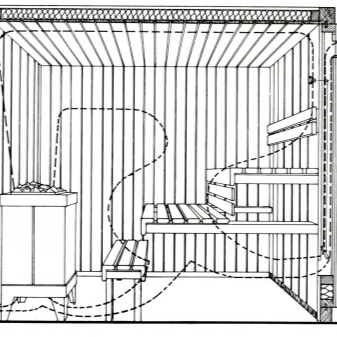
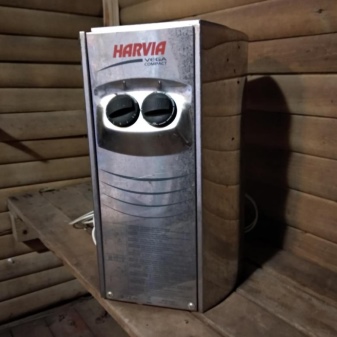
About what kind of stove to give preference, see below.




